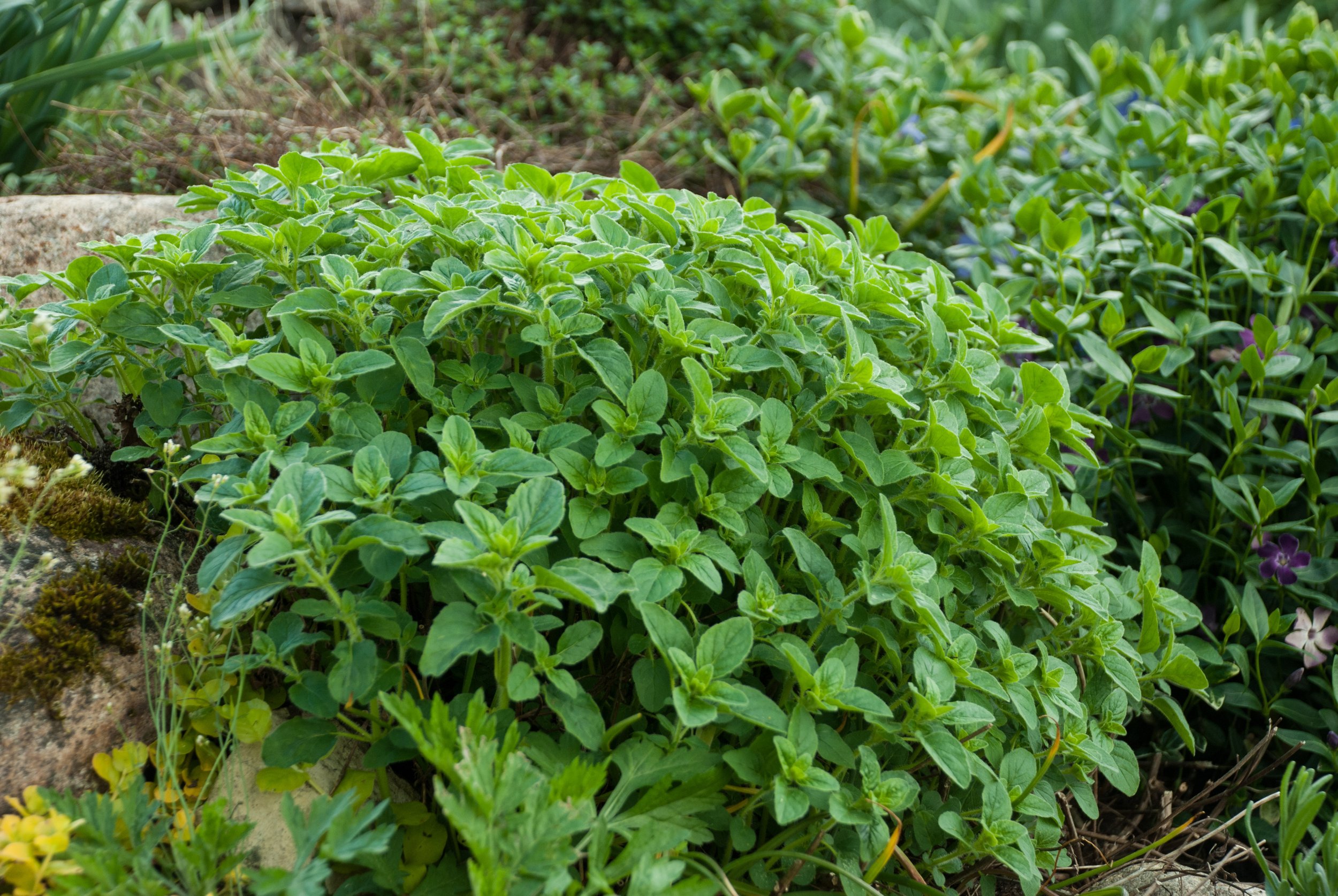eftopia’s organic odyssey | The beginners Guide to Effective Interplanting.
Following on from the first in the mini series - eftopia’s organic odyssey, and as we, here at eftopia, continue to learn about the art food sustainability and cultivation, today’s post explores the concept of interplanting.
What is interplanting?
Imagine your garden, whether it's a small patch in the urban jungle or a sprawling backyard, bustling with more vegetables than you ever thought possible.
Interplanting, often referred to as intercropping, is a transformative approach to gardening that unlocks the full potential of every planting bed. This method is more than just planting a variety of vegetables close together; it's a strategic way to significantly increase your garden's yield. Ideal for intensive vegetable gardening, interplanting makes efficient use of all available space, whether in a small urban plot or a larger farm. By embracing this scalable concept, gardeners can create diverse, productive ecosystems reminiscent of natural food forests, right in their own backyards.
Here’s ten tips that can help any beginner with their journey towards a better yield.
Plan Your Layout Carefully: Regardless of the size of your desired growing patch, its essential to plan your layout. Consider factors like sunlight exposure, water drainage, and the growth patterns of different plants.
Bonus tip! Create a sketch or map of your garden to visualise where each plant will go, ensuring that taller plants don't overshadow smaller ones.
Companion Planting: Utilise companion planting to boost your garden’s health and yield. This involves planting certain plants together that benefit each other. For example, corn, beans, and squash (the “Three Sisters”) support each other's growth and nutritional needs.
Bonus tip! Companion planting can repel pests naturally, reducing the need for chemical pesticides.
Maximize Diversity: Interplanting allows you the opportunity to grow a wide variety of plants. This not only makes your garden more resilient to pests and diseases but also promotes a healthy ecosystem.
Bonus tip! Include a mix of vegetables, herbs, flowers, and even fruit trees to create biodiversity.
Timing and Succession Planting: Utilise timing and succession planting to get the most out of your space. Plant fast-growing crops alongside slower ones so that the space is continuously in use.
Bonus tip! Radishes can be grown quickly between rows of carrots, as they will be harvested before the carrots need more space.
Incorporate Perennials: Perennials can be a great addition to your interplanting strategy, especially in larger gardens. They require less maintenance and can provide structure to your garden layout.
Bonus tip! Plants like asparagus, rhubarb, or perennial herbs can provide yearly harvests with minimal effort.
Soil Health is Key: With more area to manage, maintaining soil health becomes crucial. Practice crop rotation and consider cover cropping to maintain soil fertility.
Bonus tip! Regularly add compost and organic matter to keep the soil nutrient-rich and healthy.
Utilize Vertical Space: Even in spacious gardens, vertical space can be valuable. Use trellises, fences, or arbors to grow climbing plants like beans, cucumbers, and some varieties of squash.
Bonus tip! This not only saves ground space but can also create visually appealing garden structures.
Water Management: Efficient water management is essential, especially in larger areas. Consider installing a drip irrigation system for a more consistent and efficient watering method.
Bonus tip! Mulching around plants can help retain moisture and reduce water waste.
Regular Observation and Adjustment: Regularly walk through your garden to observe plant health and growth. This helps in early detection of any issues like pest infestations or diseases.
Bonus tip! Be flexible and ready to adjust your plan as needed. Gardening is an ongoing learning process, especially when working with a larger canvas.
Enjoy the Process: Finally, remember that gardening is a journey. Enjoy the process of watching your garden grow and evolve. There’s immense satisfaction in nurturing a diverse and thriving garden.
At the heart of interplanting lies the synergy of different plant species coexisting in a shared space. This approach results in diversity. Each plant contributes to the well-being of its neighbours, much like a natural ecosystem, enhances yields by leveraging the unique strengths of each plant and mimics nature by drawing inspiration from the layered complexity of a food forest, that in turn, makes any form of garden space into harmonious and sustainable environment.
Bellow are two links to inspirational growers that offer their take on the concept. Both give great insights into the world of interplanting.
Growing In The Garden
Grow Veg
To receive more posts on this series of learning to grow, tips, and to join us on our journey, plus more, why not subscribe to our newsletter.





